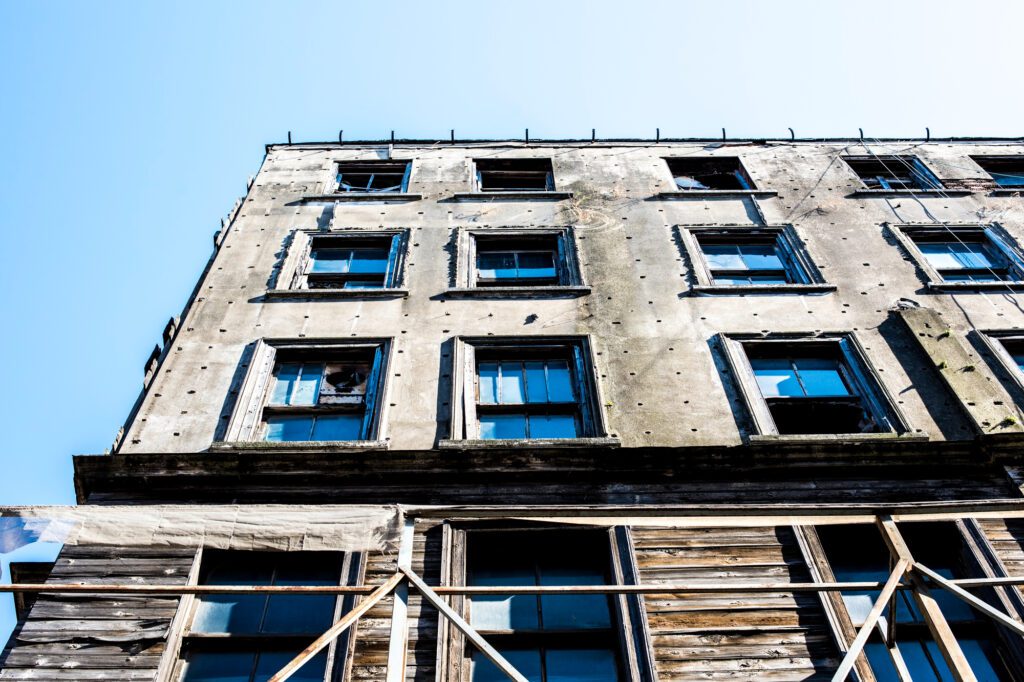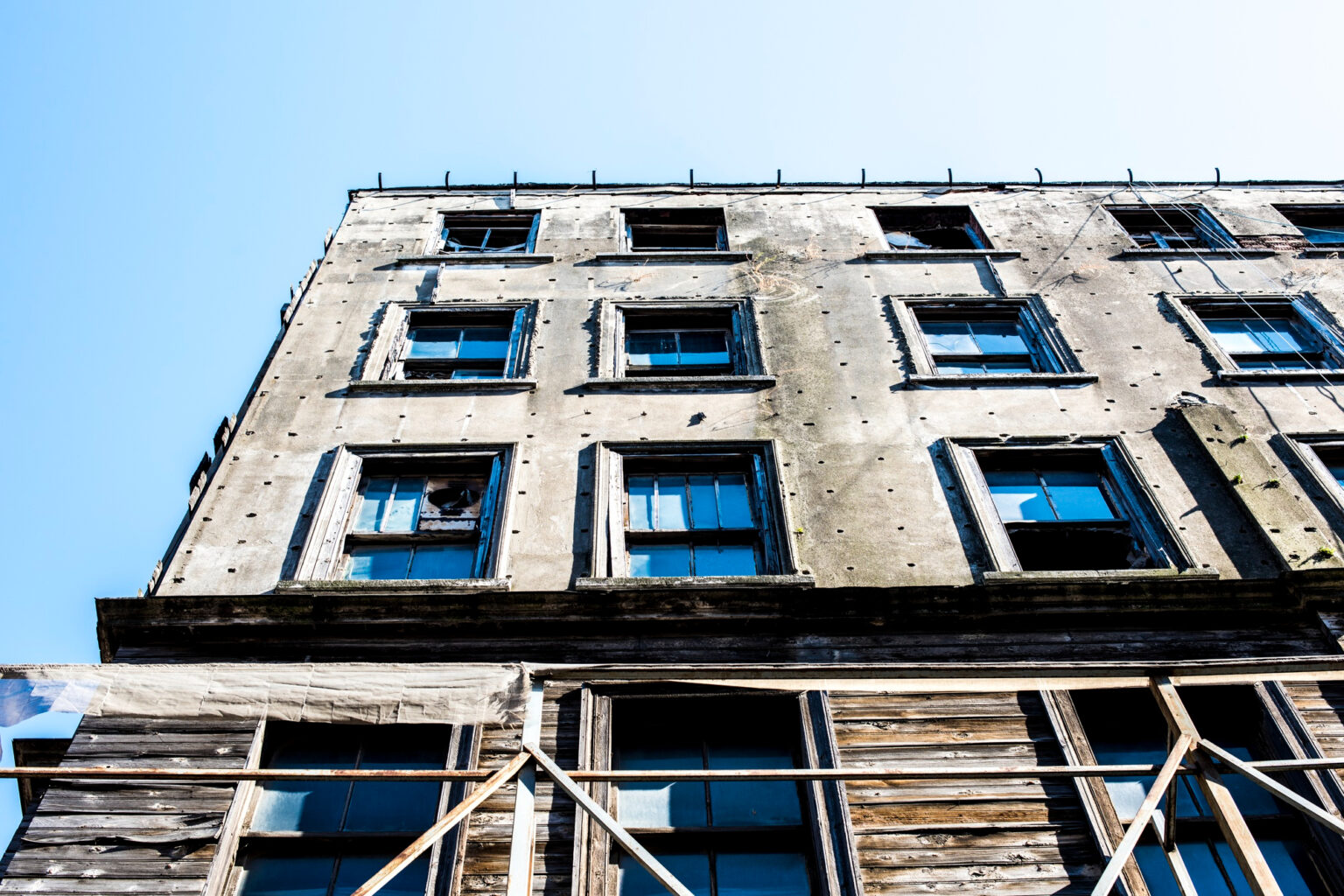
Reclaimed Foam Insulation: A Cost-Effective Solution for Retrofits
Revitalizing Older Buildings: The Power of Reclaimed Foam Panel Insulation for Energy Efficiency
Older buildings, while often charming and full of character, frequently suffer from energy inefficiency due to outdated construction methods and inadequate insulation. High energy bills and uncomfortable indoor temperatures are common complaints among owners of these structures. However, a sustainable and cost-effective solution exists: reclaimed foam panel insulation. This innovative approach not only improves energy performance but also aligns with eco-conscious goals.

Reclaimed Foam Insulation: A Cost-Effective Solution for Retrofits
Understanding Continuous Insulation and its Importance
To grasp the significance of reclaimed foam panel insulation, it’s crucial to understand the concept of continuous insulation and its role in mitigating a major energy loss issue: thermal bridging. Unlike traditional insulation that may have gaps or breaks, continuous insulation forms an unbroken thermal barrier around the building envelope. This prevents thermal bridging, a phenomenon where heat escapes through structural elements like studs and beams, which have higher thermal conductivity than insulation.
Thermal bridging primarily contributes to heat loss through conductive heat transfer. In essence, these structural elements create a path for heat to bypass the insulation layer, traveling from the warm interior to the colder exterior. By eliminating these weak points, continuous insulation significantly reduces energy loss and improves overall thermal comfort. The U.S. Department of Energy recognizes continuous insulation as a critical strategy for achieving high-performance buildings, with their research indicating that it can reduce thermal bridging by 30-50%, depending on the specific application.
Reclaimed Foam Panel Insulation: A Sustainable Choice
Reclaimed foam panel insulation primarily originates from large-scale roofing installations undergoing scheduled replacement. Intact foam panels are carefully collected and cleaned, diverting valuable material from landfills. This repurposed foam undergoes rigorous processing to ensure quality and performance, resulting in insulation panels with high R-values that approach those of new materials. By choosing reclaimed foam, building owners contribute to resource conservation and waste reduction, making it a truly sustainable choice.
Green Insulation is a major supplier of reclaimed foam panels.
Installation Considerations and Exterior Compatibility
Installing reclaimed foam panel insulation as continuous insulation typically involves removing the existing siding, which presents an opportunity to simultaneously improve cavity insulation. While this may seem disruptive, it allows for a comprehensive energy retrofit. However, it’s important to note that certain exterior treatments like stucco, brick, and some types of stone veneer may be less suitable for this approach due to the cost and complexity of removing and reinstalling them.
Combining Insulation Strategies for Maximum Impact
For maximum energy efficiency, a layered approach is recommended. After installing reclaimed foam panel insulation as continuous insulation, the wall cavities can be filled with blown cellulose or another high-performing insulation material. Adding an air sealing membrane further reduces air infiltration, contributing to a tighter and more energy-efficient building envelope. This combination can significantly improve the overall R-value of the walls, leading to substantial energy savings and a more comfortable living environment.
To give you a ballpark idea of the insulation improvement potential, consider the following estimates. For standard 2×4 wood-framed walls, blown cellulose insulation typically provides an R-value of R-11 to R-13, but it can be higher in 2×6 walls, ranging from R-18 to R-21. Adding continuous exterior foam panel insulation, even a single inch, can boost the R-value by approximately R-6, while two inches offer R-12. For even higher R-values, multiple layers of foam panels can be installed. Incorporating air sealing membranes into the wall assembly further enhances insulation performance by reducing air leakage, which is a major source of heat loss.
Realizing the Benefits
The benefits of retrofitting older buildings with reclaimed foam panel insulation are numerous. Energy savings can reach up to 30% or more, depending on the initial insulation levels and the extent of the retrofit. This translates to lower utility bills and a reduced carbon footprint. Additionally, improved insulation enhances indoor comfort by minimizing drafts and temperature fluctuations. Reclaimed foam panel insulation also contributes to noise reduction and can even increase a property’s resale value.
In conclusion, reclaimed foam panel insulation offers a powerful and sustainable solution for revitalizing older buildings. By embracing this innovative approach, building owners can enjoy reduced energy consumption, improved comfort, and a positive environmental impact. With its numerous advantages, reclaimed foam panel insulation stands as a testament to the potential of repurposing materials to create a more energy-efficient and sustainable future.
Upgrade Your Building, Upgrade Your Savings with Green Insulation
Tired of high energy bills and uncomfortable temperatures in your older building? Green Insulation has the solution you’ve been waiting for: reclaimed foam panel insulation.
Our sustainable and cost-effective insulation system will:
- Slash your energy costs: Experience significant savings on heating and cooling bills.
- Boost comfort: Enjoy a consistently comfortable indoor environment year-round.
- Reduce your carbon footprint: Make a positive impact on the environment with recycled materials.
- Increase your property value: Invest in an energy-efficient upgrade that pays for itself.
Contact Green Insulation today for a quote on foam panel insulation.
